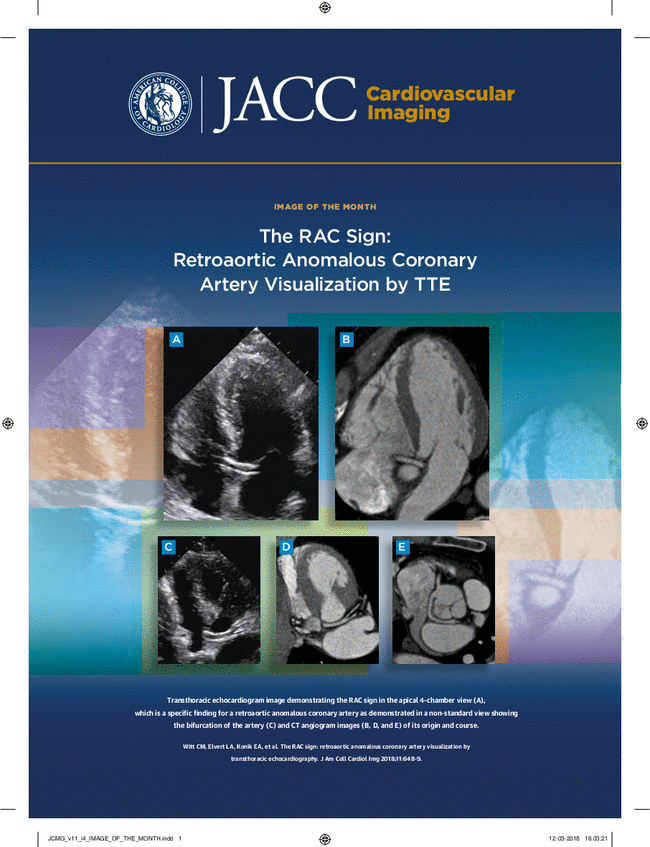Current Status and Pending Developments of Robotic Tele-Echocardiography.
IF 15.2
1区 医学
Q1 CARDIAC & CARDIOVASCULAR SYSTEMS
引用次数: 0
Abstract
Echocardiography is the gateway to appropriate therapy for many cardiovascular diseases, but access to this test is sometimes challenging. The consequence is that patients in rural and remote areas need to travel for testing, and the resulting time and monetary costs may prove a barrier, especially for hospital inpatients. Delays in obtaining echocardiograms lead to delayed diagnosis and treatment. Technological advances in miniaturization and processing power, and reductions in cost, have enabled diagnostic images to be obtained from inexpensive echocardiography machines. However, imaging by nonexperts is difficult, even with guidance by artificial intelligence. An alternative strategy is to use high-bandwidth, low-latency communication systems to bring the expertise of an expert sonographer to a remote patient by using a robot. Previous work has shown that remote robots are able to reproduce the hand movements performed by sonographers, and multiple types of robot-guided ultrasound examinations have been performed successfully in remote areas. However, despite clear clinical need and ongoing interest, the promise of robotic tele-echocardiography awaits clinical translation. Existing research points toward longer examination times and a need for additional personnel for local supervision of remotely acquired echocardiograms. The efficiencies of longer examinations and more personnel may be worthwhile to facilitate remote access, or within a hospital to avoid sonographer injury, or to improve safety from infection or radiation exposure during structural heart disease interventions. Potentially, autonomous robot-assisted ultrasound may replace the sonographer, by interfacing with artificial intelligence-guided acquisition, although this remains futuristic and uncertain. This paper reviews recent developments in controlling the speed and force of a recently developed robotic system, means of facilitating positioning of the probe, and haptic control. It emphasizes the primary concerns to be imaging time and safety.机器人远程超声心动图的现状和未来发展。
超声心动图是许多心血管疾病的适当治疗的门户,但获得这种测试有时是具有挑战性的。其结果是,农村和偏远地区的患者需要长途跋涉进行检测,由此产生的时间和金钱成本可能成为一个障碍,特别是对住院患者而言。获得超声心动图的延迟导致诊断和治疗的延迟。小型化和处理能力方面的技术进步,以及成本的降低,使得从廉价的超声心动图机上获得诊断图像成为可能。然而,即使有人工智能的指导,非专业人士也很难进行成像。另一种策略是使用高带宽、低延迟的通信系统,通过机器人将专家超声医师的专业知识带给远程患者。先前的研究表明,远程机器人能够复制超声医师的手部动作,并且在偏远地区已经成功地进行了多种类型的机器人引导超声检查。然而,尽管有明确的临床需求和持续的兴趣,机器人远程超声心动图的前景仍有待临床转化。现有的研究指向更长的检查时间和需要额外的人员对远程获得的超声心动图进行本地监督。更长的检查时间和更多人员的效率对于促进远程访问,或在医院内避免超声检查人员伤害,或在结构性心脏病干预期间提高感染或辐射暴露的安全性可能是值得的。通过与人工智能引导的采集相结合,自主机器人辅助超声可能会取代超声仪,尽管这仍然是未来的和不确定的。本文回顾了最近在控制速度和力的最新发展,最近开发的机器人系统,手段方便定位的探针,和触觉控制。它强调的首要问题是成像时间和安全性。
本文章由计算机程序翻译,如有差异,请以英文原文为准。
求助全文
约1分钟内获得全文
求助全文
来源期刊

JACC. Cardiovascular imaging
CARDIAC & CARDIOVASCULAR SYSTEMS-RADIOLOGY, NUCLEAR MEDICINE & MEDICAL IMAGING
CiteScore
24.90
自引率
5.70%
发文量
330
审稿时长
4-8 weeks
期刊介绍:
JACC: Cardiovascular Imaging, part of the prestigious Journal of the American College of Cardiology (JACC) family, offers readers a comprehensive perspective on all aspects of cardiovascular imaging. This specialist journal covers original clinical research on both non-invasive and invasive imaging techniques, including echocardiography, CT, CMR, nuclear, optical imaging, and cine-angiography.
JACC. Cardiovascular imaging highlights advances in basic science and molecular imaging that are expected to significantly impact clinical practice in the next decade. This influence encompasses improvements in diagnostic performance, enhanced understanding of the pathogenetic basis of diseases, and advancements in therapy.
In addition to cutting-edge research,the content of JACC: Cardiovascular Imaging emphasizes practical aspects for the practicing cardiologist, including advocacy and practice management.The journal also features state-of-the-art reviews, ensuring a well-rounded and insightful resource for professionals in the field of cardiovascular imaging.
 求助内容:
求助内容: 应助结果提醒方式:
应助结果提醒方式:


